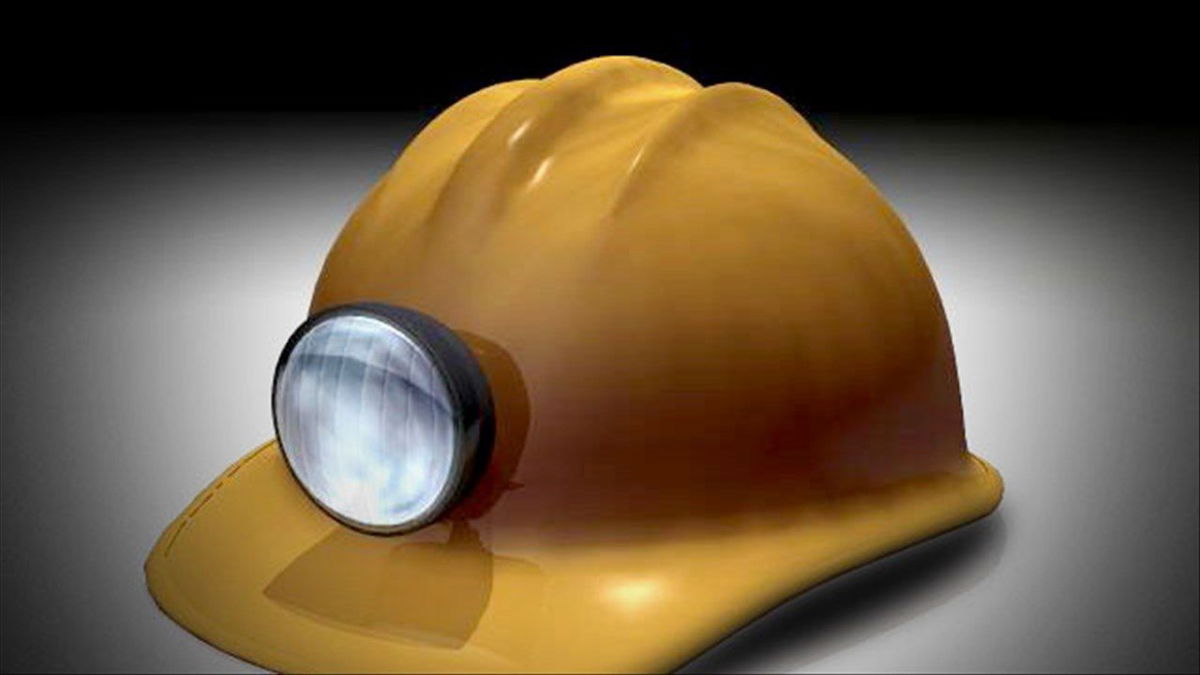US selects proposed plan for open-pit gold mines in Idaho

BOISE, Idaho (AP) — A plan for three open-pit gold mines in salmon habitat in east-central Idaho is one step closer to approval after the U.S. government selected the Canadian developer’s proposed plan for mitigating the project’s environment impact.
The U.S. Forest Service on Friday made public the environmental study for British Columbia-based Perpetua Resources’ Stibnite Gold Project about 40 miles east of McCall and near the southwestern edge of the Frank Church-River of No Return Wilderness and will now take public comments on it.
The plan involves expanding two existing open-pit gold mines in the historically heavily mined area and building a third, then restoring the site after mining concludes. The company says hundreds of well-paying jobs will be created.
The Forest Service said it selected the plan put forward by the company among several alternatives because it will reduce long-term water treatment requirements and manage stream temperatures.
The Nez Perce Tribe opposes new mining in the area due to its potential impact on salmon habitat. The tribe says the project is within its aboriginal homeland where it has treaty rights.
Perpetua Resources estimates the area contains more than 4 million ounces of gold, more than 6 million ounces of silver and about 150 million pounds of antimony, a key metal in making batteries.
A previous draft environmental impact statement was released in 2020. But Perpetua Resources, then known as Midas Gold, modified its plan and the Forest Service determined that additional analysis and a new draft environmental impact statement was needed to meet environmental laws.
On Friday the Forest Service released a supplemental draft environmental impact statement and selected a preferred plan for moving forward with the project.
Perpetua Resources said in a statemen that it was a “major milestone” in the project's advancement.
The most recent proposal differs from a previous 2016 plan by decreasing the mining footprint by 13%, Perpetua Resources said. Other changes include reducing mined material by 10%, waste rock storage areas by 168 acres, and increasing riparian vegetation to reduce water temperature and replacing bull trout habitat, it said.
The project includes patented mining claims and unpatented claims on the Payette National Forest and Boise National Forest. It also includes private land and state land. About 500 acres of the mine are on patented claims, plus another 2,900 acres of unpatented claims.
Perpetua Resources estimates the life of the project at 21 to 28 years, including restoration work that will take about two to three years. Mining and processing is expected to take about 12 to 15 years.
Mining in the area dates back more than a century and has resulted in two open pits, including one blocking a salmon spawning stream since the 1930s. The site also has extensive tailings left from mining operations that are the source of elevated levels of arsenic.
Perpetua Resources’ plan involves expanding mining in the area and also restoring old mining areas, ultimately restoring the entire area when mining is finished.
But there are about 80 miles of river with good salmon habitat below the abandoned open pit that could be put at risk with new mining, part of the reason the Nez Perce Tribe opposes new mining in the area.
The Forest Service has scheduled public meetings in early December in McCall, Cascade and Boise. Comments are being accepted for 75 days.
